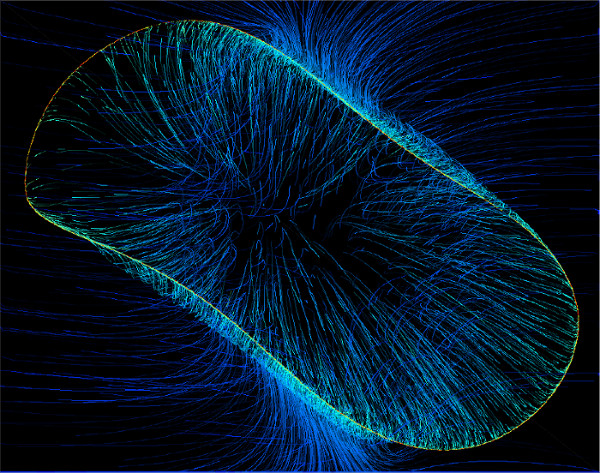
Neural dynamics of primate cognition - Random
Neural dynamics of primate cognition
Primates are unique in their ability to rapidly adjust behavior in response to changes in the environment. Such behavioral flexibility is thought to rely on prefrontal cortex, a brain area that exists only in primates, and which organizes our voluntary thoughts and actions—it generates the goals that guide our behavior, allows us to remember our goals in the presence of distracting events, and is capable of rapidly adjusting them under changing circumstances. When prefrontal activity is disrupted, for instance due to mental illness, these functions are severely impaired. Even though the importance of prefrontal cortex in cognition is well established, the precise nature of the computations performed by the underlying neural circuits is still unknown.
To understand prefrontal computations, we study the dynamics of populations of prefrontal neurons in primates engaged in carefully designed cognitive tasks. We combine a variety of experimental and computational methods, including psychophysical techniques to quantify behavior, multi-electrode arrays to record and perturb the activity of hundreds of neurons simultaneously, approaches from machine learning and dynamical systems theory to analyze the resulting large data sets, and computational modeling. Ultimately, we want to achieve a mechanistic understanding of how cognition emerges from the collective dynamics of neurons in prefrontal cortex, and leverage these insights to explain cognitive impairments in mental illness.